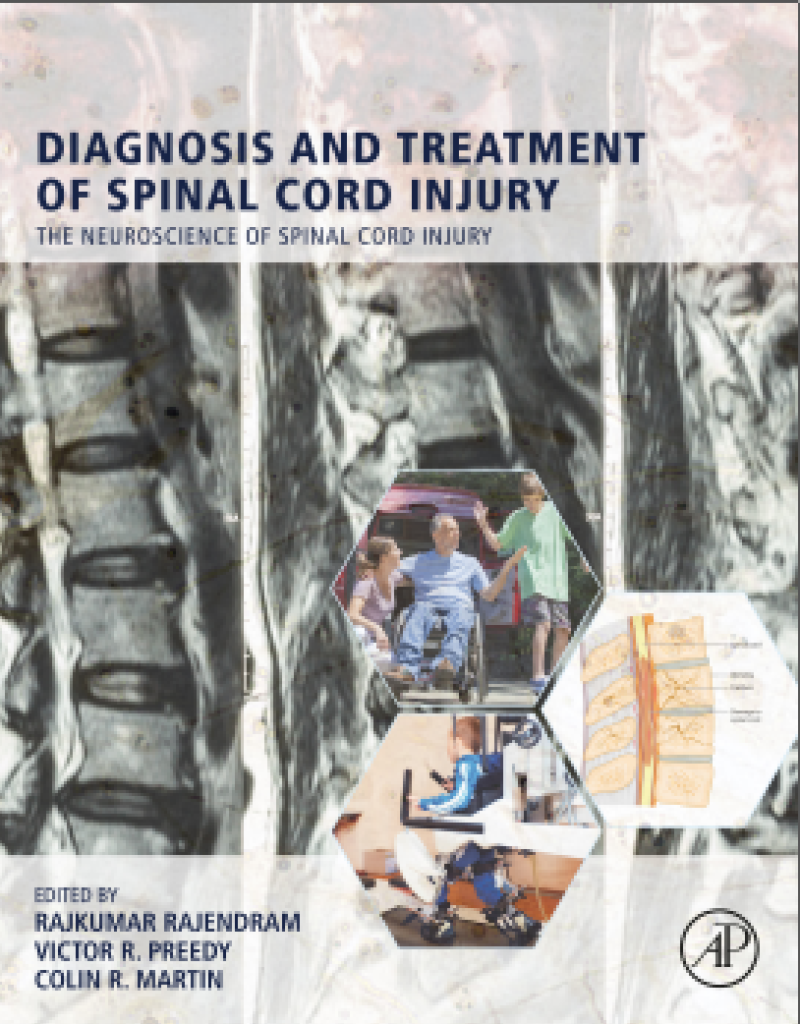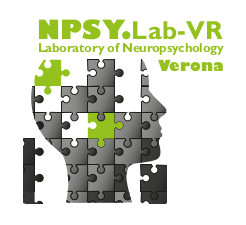Author: Michele Scandola
A spinal cord injury causes extensive neuroplastic modifications in our brain, from the sensory–motor structures, to all the brain because of the strict interdependences of brain structures within neural networks.
These modifications have—often subtle—effects on cognitive aspects, such as the representation of the body (in particular regarding the body ownership—the sensation that we own our body; in the body schema—the representation of the position of our limbs in relation to the rest of the body), the space (i.e., in the peripersonal space representation—the space within reach; and in the extrapersonal space representation—the space outside reach), and the action (in particular, in the ability to correctly guess the ending of an action).
In the last decade, several experimental studies investigated these representations in spinal cord–injured individuals, finding changes that suggest somatotopic modifications, revealing top-down and bottom-up modulations, and investigating the effect of rehabilitation on these representations.

